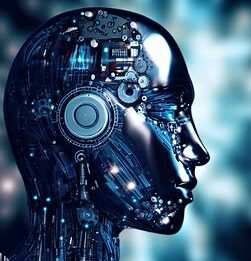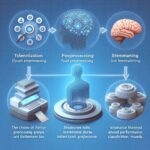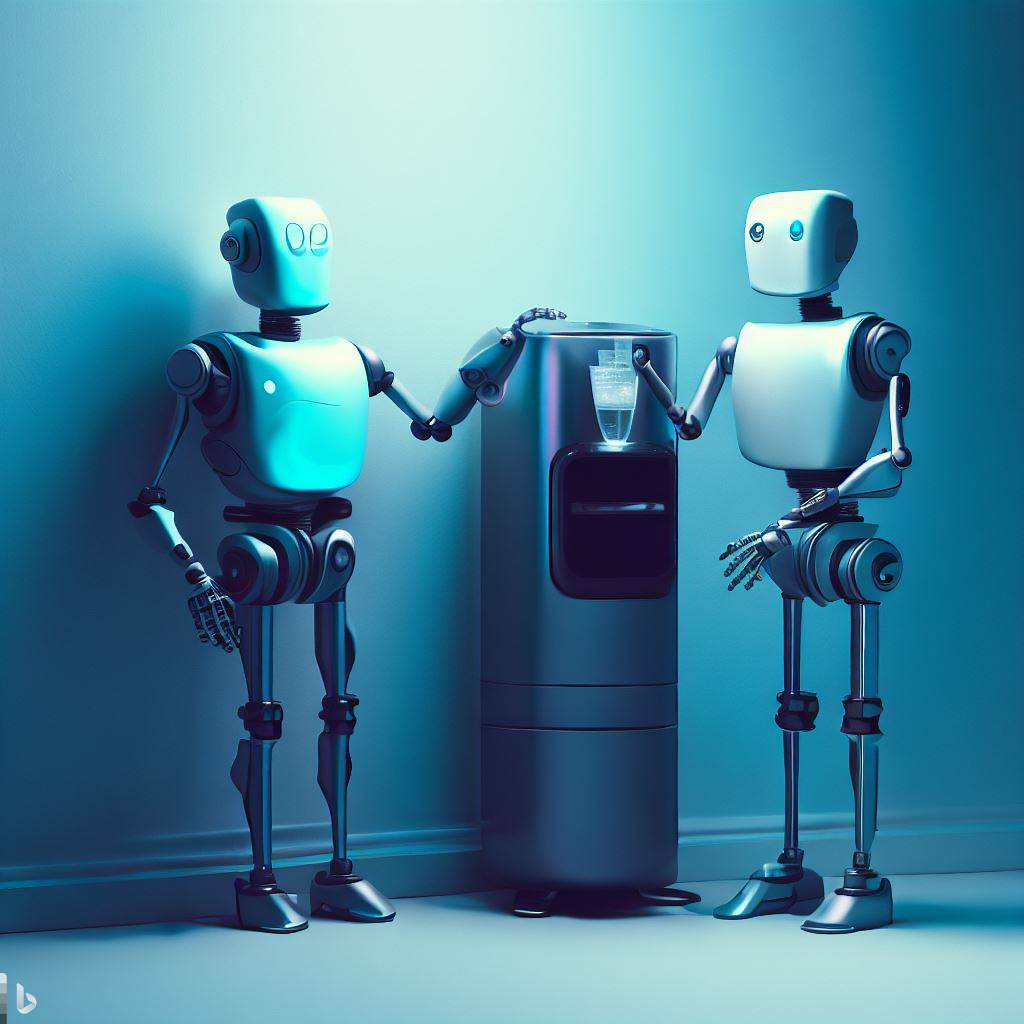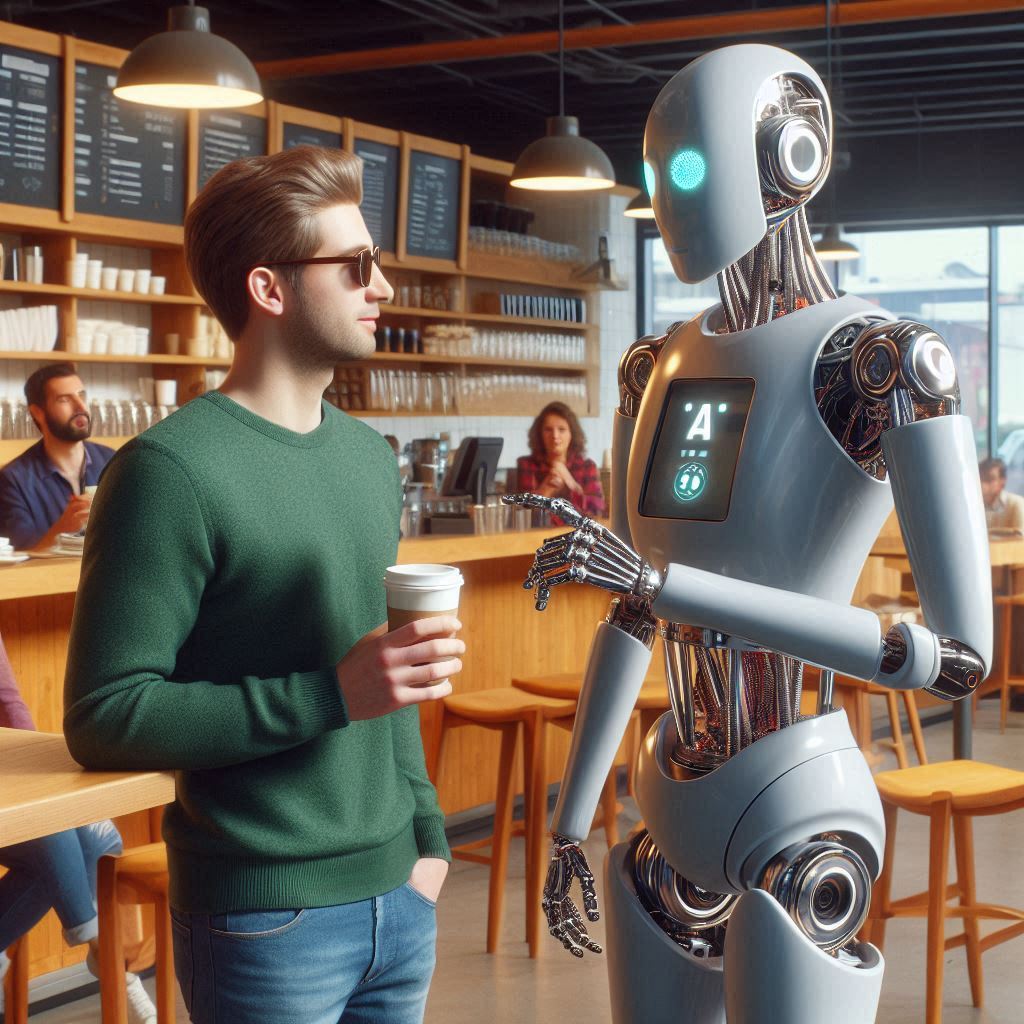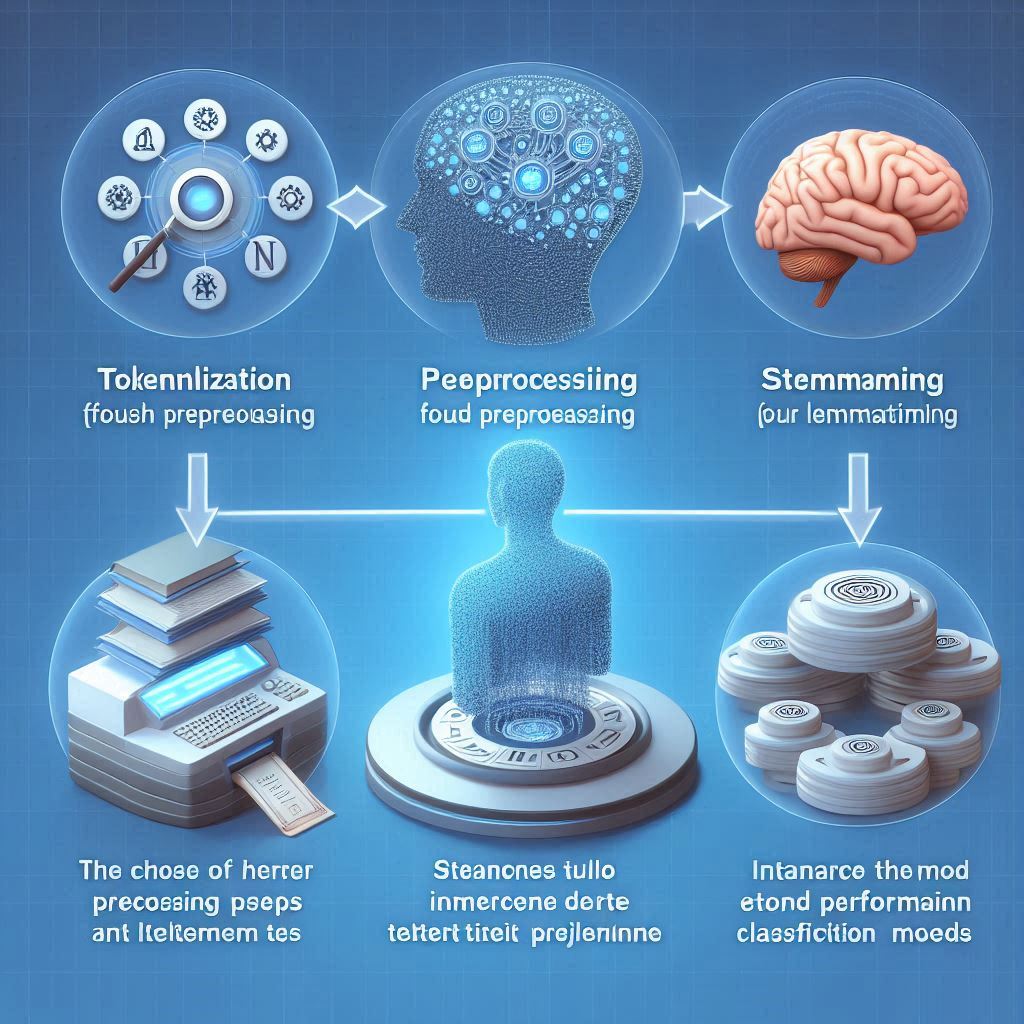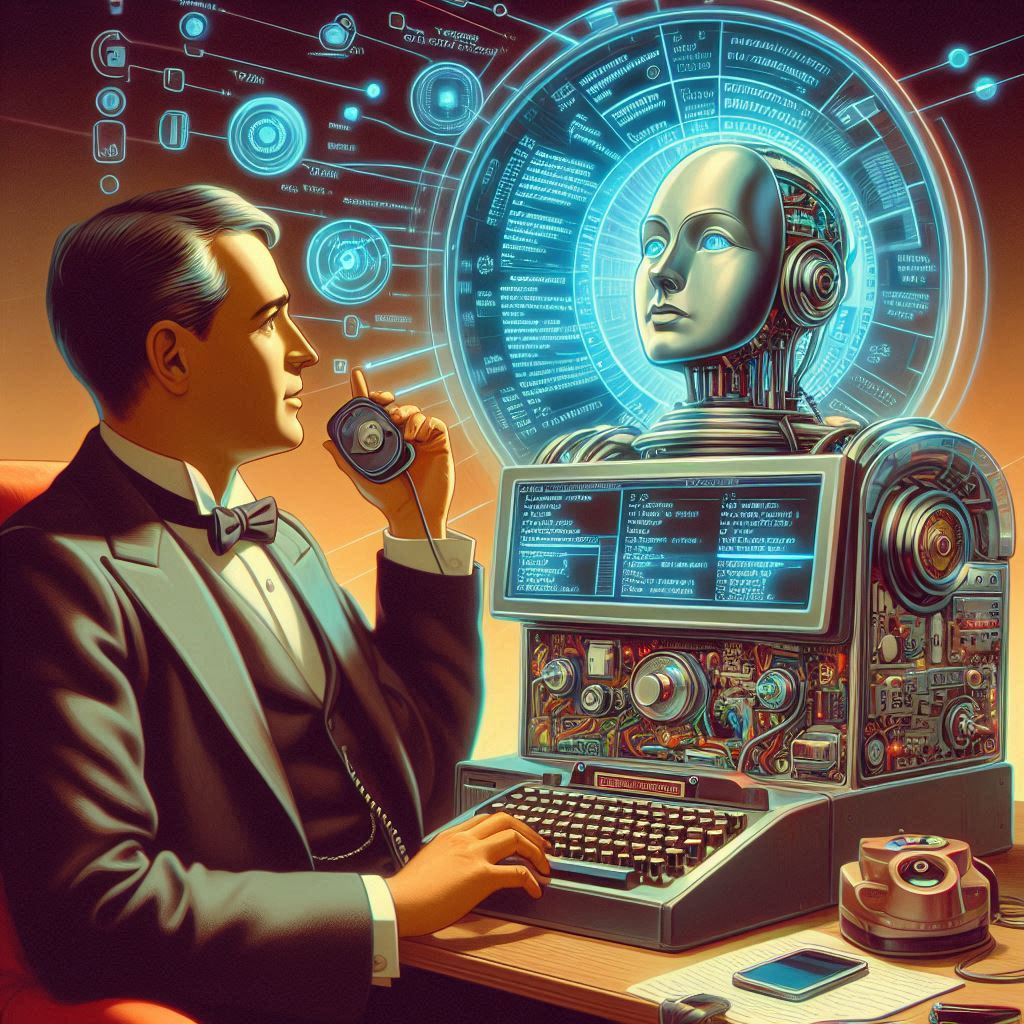Artificial Intelligence (AI) is no longer a new concept. It has been around for decades, but recent advancements have made it more accessible and useful in various industries. One of the companies leading the way in AI research is OpenAI. They have been making waves in the tech industry with their innovative products, including the ChatGPT.
ChatGPT is an AI-powered chatbot that can understand natural language and generate human-like responses. It is a game-changer in the world of chatbots, and it has the potential to revolutionize customer service and communication in various industries. In this article, we will dive deeper into what OpenAI is, the technology behind ChatGPT, its features, limitations, and potential uses in different industries.
What is OpenAI and why are they making waves?
OpenAI is an AI research laboratory consisting of the brightest minds in the field. It was founded in 2015 by tech visionaries such as Elon Musk, Sam Altman, Greg Brockman, and others. The goal of OpenAI is to create AI that is safe and beneficial to humanity.
OpenAI has made waves in the tech industry because of its innovative products and research. They have created some of the most advanced AI models, including GPT-3, which is the largest language model in the world. They have also made significant contributions to the development of reinforcement learning, robotics, and other areas of AI research.
OpenAI has a reputation for being a leader in AI ethics. They have published numerous papers and guidelines on the responsible use of AI. They believe that AI should be used to benefit humanity, and they are working towards achieving that goal.
The technology behind OpenAI’s ChatGPT
ChatGPT is a chatbot created by OpenAI that uses the GPT (Generative Pre-trained Transformer) model. The GPT model is a type of deep learning model that uses unsupervised learning to generate natural language.
The GPT model is pre-trained on a large corpus of text data, which allows it to learn the patterns and structures of language. Once pre-trained, the model can be fine-tuned on specific tasks, such as chatbot conversations.
ChatGPT uses a transformer architecture, which is a type of neural network that allows the model to process and generate text in parallel. This architecture is what makes ChatGPT so efficient at generating human-like responses in real-time.
How ChatGPT is changing the game for chatbots
ChatGPT is changing the game for chatbots because it can understand natural language and generate human-like responses. This means that users can have a conversation with ChatGPT as if they were talking to a human.
Traditional chatbots use rule-based systems, which means that they can only respond to specific keywords or phrases. This makes them limited in their responses and can lead to frustrating user experiences.
ChatGPT, on the other hand, can understand the context of a conversation and generate responses that are relevant and natural. This makes it a valuable tool for customer service, where users expect personalized and efficient responses.
The key features of ChatGPT’s natural language processing
ChatGPT’s natural language processing (NLP) is what sets it apart from other chatbots. It uses a combination of techniques, including sentiment analysis, entity recognition, and language modeling, to understand and generate natural language.
Sentiment analysis allows ChatGPT to understand the emotions behind a user’s message. This means that it can respond appropriately, depending on whether the user is happy, angry, or sad.
Entity recognition allows ChatGPT to identify specific entities in a user’s message, such as names, dates, or locations. This makes it possible for ChatGPT to provide personalized responses that are relevant to the user’s needs.
Language modeling is the foundation of ChatGPT’s NLP. It allows the model to understand the structure of language and generate responses that are grammatically correct and natural-sounding.
How ChatGPT is improving customer service
ChatGPT is improving customer service by providing personalized and efficient responses to users. It can handle multiple conversations simultaneously, which means that it can help more users at once.
ChatGPT’s NLP also allows it to understand the context of a user’s message. This means that it can provide relevant responses that address the user’s needs. For example, if a user asks about a specific product, ChatGPT can provide information about that product, including its features, pricing, and availability.
ChatGPT can also handle complex queries that traditional chatbots cannot. For example, if a user asks a question that requires multiple steps to answer, ChatGPT can guide the user through the process, step-by-step.
The potential uses of ChatGPT in various industries
ChatGPT has the potential to be used in various industries, including healthcare, finance, and education.
In healthcare, ChatGPT can be used to provide personalized medical advice to patients. It can also help doctors and nurses by providing them with relevant information about a patient’s medical history, medications, and treatments.
In finance, ChatGPT can be used to provide personalized financial advice to users. It can also help with tasks such as banking, investment management, and insurance.
In education, ChatGPT can be used to provide personalized tutoring to students. It can also help with tasks such as grading, feedback, and course recommendations.
The ethical considerations of AI-powered chatbots
AI-powered chatbots raise ethical concerns, particularly around data privacy and bias.
Data privacy is a concern because chatbots collect personal information from users, such as their name, email address, and location. This information can be used for targeted advertising or sold to third-party companies without the user’s consent.
Bias is a concern because chatbots are only as good as the data they are trained on. If the data is biased, the chatbot’s responses will be biased as well. This can lead to discriminatory practices, particularly in areas such as hiring or lending.
OpenAI is aware of these concerns and has published guidelines on the responsible use of AI. They believe that AI should be used to benefit humanity and that it should be transparent and explainable.
The limitations of ChatGPT and how OpenAI is addressing them
ChatGPT has some limitations, particularly around its ability to understand context and generate responses that are consistent with human values.
OpenAI is addressing these limitations by continuing to improve the GPT model and by developing new models that can address specific problems. They are also working on making AI more transparent and explainable, which will help to address concerns around bias and privacy.
How to integrate ChatGPT into your business
Integrating ChatGPT into your business is relatively straightforward. OpenAI offers an API that allows developers to integrate ChatGPT into their applications.
To get started, developers need to sign up for an API key and follow the documentation provided by OpenAI. The API supports a range of programming languages, including Python, Java, and JavaScript.
Here’s an example of how to use the OpenAI API in Python:
import openai
openai.api_key = "YOUR_API_KEY"
prompt = "Hello, how can I help you today?"
model = "text-davinci-002"
response = openai.Completion.create(
engine=model,
prompt=prompt,
max_tokens=100
)
print(response.choices[0].text)This code will send a prompt to the ChatGPT model and generate a response. The response will be printed to the console.
The future of AI-powered chatbots and what it means for us
The future of AI-powered chatbots is exciting. As AI technology continues to advance, chatbots will become more human-like and intelligent. They will be able to handle more complex tasks and provide personalized experiences to users.
However, there are also concerns around the impact of AI on jobs and society. AI-powered chatbots have the potential to replace human workers, particularly in areas such as customer service and support. This could lead to job losses and economic disruption.
It is essential to consider the ethical implications of AI-powered chatbots and to ensure that they are used responsibly and for the benefit of humanity.
ChatGPT vs. other AI-powered chatbots
ChatGPT is not the only AI-powered chatbot on the market. There are several other chatbots that use similar technology, including Google’s Dialogflow, IBM Watson Assistant, and Microsoft’s Azure Bot Service.
However, ChatGPT stands out because of its natural language processing and its ability to generate human-like responses. It is also more efficient than other chatbots because of its transformer architecture, which allows it to process and generate text in parallel.
Where to learn more about OpenAI and ChatGPT
If you want to learn more about OpenAI and ChatGPT, there are several resources available.
OpenAI’s website is a great place to start. They have a blog where they publish updates on their research and products. They also have a GitHub repository where they share their code and models.
There are also several online courses and tutorials available that cover AI and natural language processing. Udemy, Coursera, and edX all offer courses on these topics.
In summary, OpenAI’s ChatGPT is a game-changer in the world of chatbots. Its natural language processing and ability to generate human-like responses make it a valuable tool for customer service and communication in various industries. While there are ethical considerations and limitations to AI-powered chatbots, the potential benefits are significant. As AI technology continues to advance, chatbots will become more human-like and intelligent, providing personalized experiences to users.
